Please use this identifier to cite or link to this item:
http://rdcb.cbg.ipn.mx/handle/20.500.12273/134Full metadata record
| DC Field | Value | Language |
|---|---|---|
| dc.rights.license | http://creativecommons.org/about/cc0/ | es_MX |
| dc.creator | CLAUDIA GUADALUPE BENITEZ CARDOZA | - |
| dc.date.accessioned | 2018-07-11T04:03:11Z | - |
| dc.date.available | 2018-07-11T04:03:11Z | - |
| dc.date.issued | 2013-09-13 | - |
| dc.identifier.uri | http://rdcb.cbg.ipn.mx/handle/20.500.12273/134 | - |
| dc.description.abstract | The anti-apoptotic B-cell lymphoma 2 (Bcl-2) protein interacts with several proteins that regulate the apoptotic properties of cells. In this research, we conduct several all-atom molecular dynamics (MD) simulations under high-temperature unfolding conditions, from 400 to 800 K, for 25 ns. These simulations were performed using a model of an engineered Bcl-2 human protein (Bcl-2-Δ22Σ3), which lacks 22 C-terminal residues of the transmembrane domain. The aim of this study is to gain insight into the structural behavior of Bcl-2-Δ22Σ3 by mapping the conformational movements involved in Bcl-2 stability and its biological function. To build a Bcl-2-Δ22Σ3 three-dimensional model, the protein core was built by homology modeling and the flexible loop domain (FLD, residues 33-91) by ab initio methods. Further, the entire protein model was refined by MD simulations. Afterwards, the production MD simulations showed that the FLD at 400 and 500K has several conformations reaching into the protein core, whereas at 600K some of the alpha-helices were lost. At 800 K, the Bcl-2 core is destabilized suggesting a possible mechanism for protein unfolding, where the alpha helices 1 and 6 were the most stable, and a reduction in the number of hydrogen bonds initially occurs. In conclusion, the structural changes and the internal protein interactions suggest that the core and the FLD are crucial components of Bcl-2 in its function of regulate ng access to the recognition sites of kinases and caspases. | es_MX |
| dc.language.iso | eng | es_MX |
| dc.rights | info:eu-repo/semantics/openAccess | es_MX |
| dc.source | Journal of biomolecular structure and dynamics. Vol. 32 (11). 2014 | - |
| dc.title | A study of the structural properties and thermal stability of human Bcl-2 by molecular dynamics simulations | es_MX |
| dc.type | info:eu-repo/semantics/article | es_MX |
| dc.creator.id | info:eu-repo/dai/mx/cvu/25026 | - |
| dc.creator.four | ABSALOM ZAMORANO CARRILLO | es_MX |
| dc.creator.idfour | info:eu-repo/dai/mx/cvu/37389 | es_MX |
| dc.subject.cti | info:eu-repo/classification/cti/2 | es_MX |
| dc.subject.keywords | apoptosis; Bcl-2; molecular dynamics; unfolding; loop | es_MX |
| dc.type.version | info:eu-repo/semantics/publishedVersion | es_MX |
| Appears in Collections: | Artículos Científicos | |
Files in This Item:
| File | Description | Size | Format | |
|---|---|---|---|---|
| ilizaliturriflores2013.pdf | 1.1 MB | Adobe PDF | View/Open |
Items in RI-CBGIPN are protected by copyright, with all rights reserved, unless otherwise indicated.
